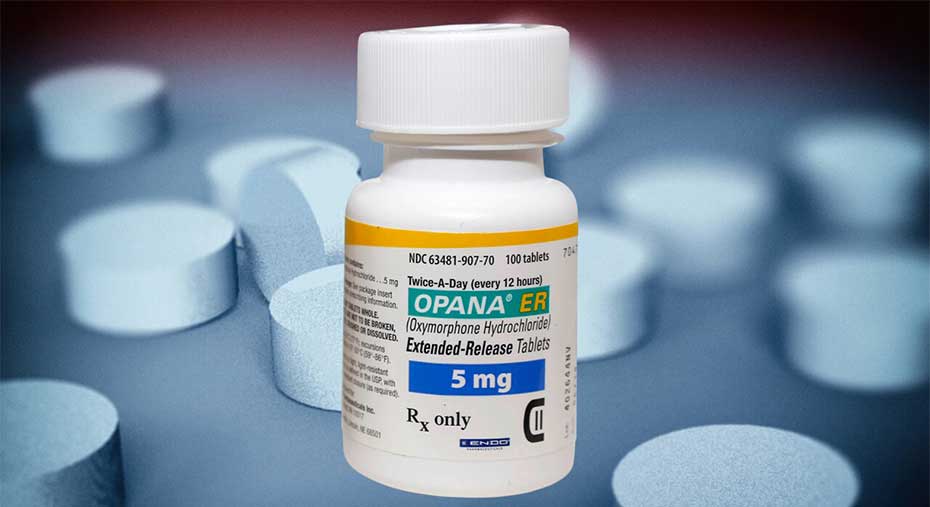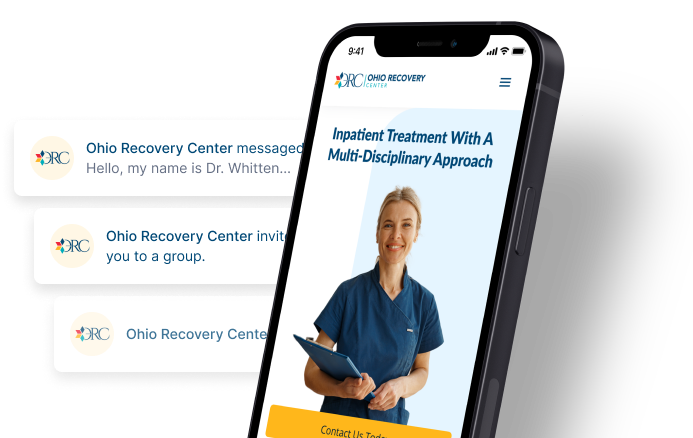Injecting Opana | Dangers Of Shooting Oxymorphone

Medically Reviewed By: Manish Mishra, MBBS
Injecting Opana can lead to serious side effects due to the drug quickly entering the bloodstream. In addition to feelings of sedation, a number of risks are associated with injecting Opana, including the development of rare blood disorders.

Oxymorphone hydrochloride (immediate-release Opana) is a prescription drug used to help treat those suffering from severe pain. An extended-release tablet, known as Opana ER, is also offered.
In 2012, the formulation of Opana was changed to a new formulation so the pills would receive a coating in the hopes of preventing Opana abuse by insufflation.
However, since snorting Opana was no longer an option due to the coating providing crush resistance, many turned to injecting the prescription opioid instead.
Abusing Opana intravenously is a form of opioid abuse that may lead to severe side effects and risks.
Effects Of Injecting Opana
Those who inject Opana may experience a quick, intense euphoria due to the drug entering the bloodstream more quickly than when the drug is taken orally.
From common side effects to more serious concerns, injecting Opana can lead to a variety of health problems. Injecting Opana can worsen the common side effects that occur when the drug is taken orally.
Common Side Effects
Some of the more common side effects of Opana may include:
- sedation
- gas
- feelings of euphoria
- anxiety
- headache
- dry mouth
- nausea
- flushing of the skin
Before taking Opana, read the labeling instructions from your healthcare provider as more serious side effects can occur. For instance, this painkiller should not be combined with other medications as drug interactions may take place.
Additionally, those who abruptly stop Opana may experience a number of withdrawal symptoms.
Risks Of Injecting Opana
The abuse of Opana by intravenous injection may create hazards to your health. Opana is a Schedule II controlled substance according to the United States Drug Enforcement Administration (DEA).
Not only does Opana have a high potential for abuse, it can lead to psychological or physical dependence. Other risks are associated with those who participate in this type of substance abuse.
Blood Disorders
Opana drug use via intravenous injection may relieve chronic pain, but can create a life-threatening condition known as thrombotic thrombocytopenic purpura (TTP).
According to the Centers for Disease Control and Prevention (CDC), the Indiana department of Health and Tennessee department of Health released reports of multiple cases of people with this serious blood disorder.
This was attributed to the reformulation, or the addition of coating the tablet in 2012. Those who take Opana intravenously can suffer from this blood disorder which causes blood clotting as well as a decrease in platelets.
Another condition known as thrombotic microangiopathy can also occur, leading to blood disorders which can affect other parts of the body such as the kidneys. This can lead to renal or kidney failure.
Disease
Those injecting Opana may experience heightened euphoric sensations because the drug has not been taken as prescribed. This type of sedation can lead to an extreme release in inhibitions, creating the potential for disease to spread.
A person may engage in risky behavior such as sharing needles. A person unknowingly may receive a disease such as hepatitis c from injecting Opana.
In addition to this, communities who struggle with this type of drug abuse may develop an outbreak of HIV if multiple people have been affected.
Opana Overdose
Injecting any prescription opioid increases the risk of life-threatening overdose.
According to the US Food and Drug Administration (FDA), those who experience Opana toxicity may develop serious side effects that may include:
- cardiac arrest
- respiratory depression
- circulatory collapse
- cold or clammy skin
- constricted pupils
- muscle weakness
Opioid Addiction Treatment
If you or a loved one are struggling with opioid abuse, opioid addiction treatment programs can help.
At Ohio Recovery Center, we provide inpatient treatment options that include medication-assisted treatment, individual/group behavioral therapy, and other evidence-based treatment services. To learn more, please contact us today.
- Centers for Disease Control and Prevention — Thrombotic Thrombocytopenic Purpura (TTP)–Like Illness Associated with Intravenous Opana ER Abuse — Tennessee, 2012 https://www.cdc.gov/mmwr/preview/mmwrhtml/mm6201a1.htm
- Drug Enforcement Administration — Oxymorphone https://www.deadiversion.usdoj.gov/drug_chem_info/oxymorphone.pdf
- Food and Drug Administration — Opana https://www.accessdata.fda.gov/drugsatfda_docs/label/2012/021611s007lbl.pdf
- National Library of Medicine: MedlinePlus — Oxymorphone https://medlineplus.gov/druginfo/meds/a610022.html
- National Public Radio (NPR) — How A Painkiller Designed To Deter Abuse Helped Spark An HIV Outbreak https://www.npr.org/sections/health-shots/2016/04/01/472538272/how-a-painkiller-designed-to-deter-abuse-helped-spark-an-hiv-outbreak

